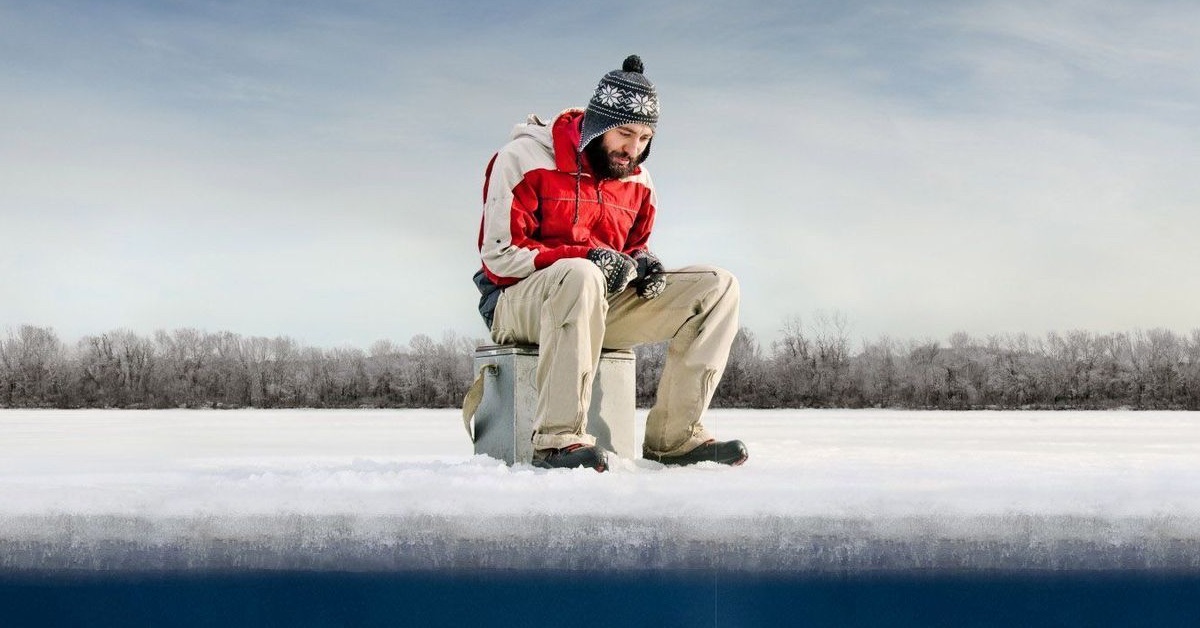Winter Walleye Patterns
Winter Walleye means ice and freezing temperatures, but this does not stop hard core anglers who love to fish for Walleye.
These slippery fish will follow certain patterns during the winter, and anglers who know these patterns will usually catch more fish than those who do not.
Water Depth Impacts Temperature
The temperature, the weather conditions, and the amount and intensity of the light will all play a part in success at catching Walleye during this time of the year.
Depth is an important factor, but a common mistake made is to assume that the fish are deep.
Even when there is ice covering the water, the Walleye may not be as deep as many anglers assume.
During the cold winter months the Walleye will not be as active, and this means that patience is required.
It may take two or three times as long for a hit, and the fish will be slow to completely take the bait as well.
Even though they are sluggish when the water is icy cold, these fish will still follow a pattern that varies in depth around certain areas.
Walleye Movement Patterns
This migration is different for each body of water, and experienced anglers understand this and will try a certain spot at different times of the day if they’ve got access to more than one drilled hole.
What was just empty water early in the afternoon may be full of Walleye by early evening and turn into a prime fishing hole.
Some think that shallow water is not productive when the ice hits, and this has been proven wrong many times.
This is especially true once the sun goes down, but even during the day the low light conditions and colder water temperatures of winter can cause the fish to come up very close to shore under the ice, sometimes in just a few feet of water.
The fish may feed at all hours of the day and night, but be slow in doing so.
Another tip for Walleye patterns and movements during this season is that the more active fish which are looking for food are normally closer to the ice or the shore, while the fish which are really deep are normally not on the hunt for food.
This does not mean that it is not possible to pull a trophy Walleye from a depth of fifty feet, but if you are looking to catch your limit a better option may be to find the ones which are looking for food as actively as possible during these colder times.
The winter Walleye patterns may make fishing at this time more challenging, but knowing what these are can help you see better results when you go out fishing for Walleye during the winter.


